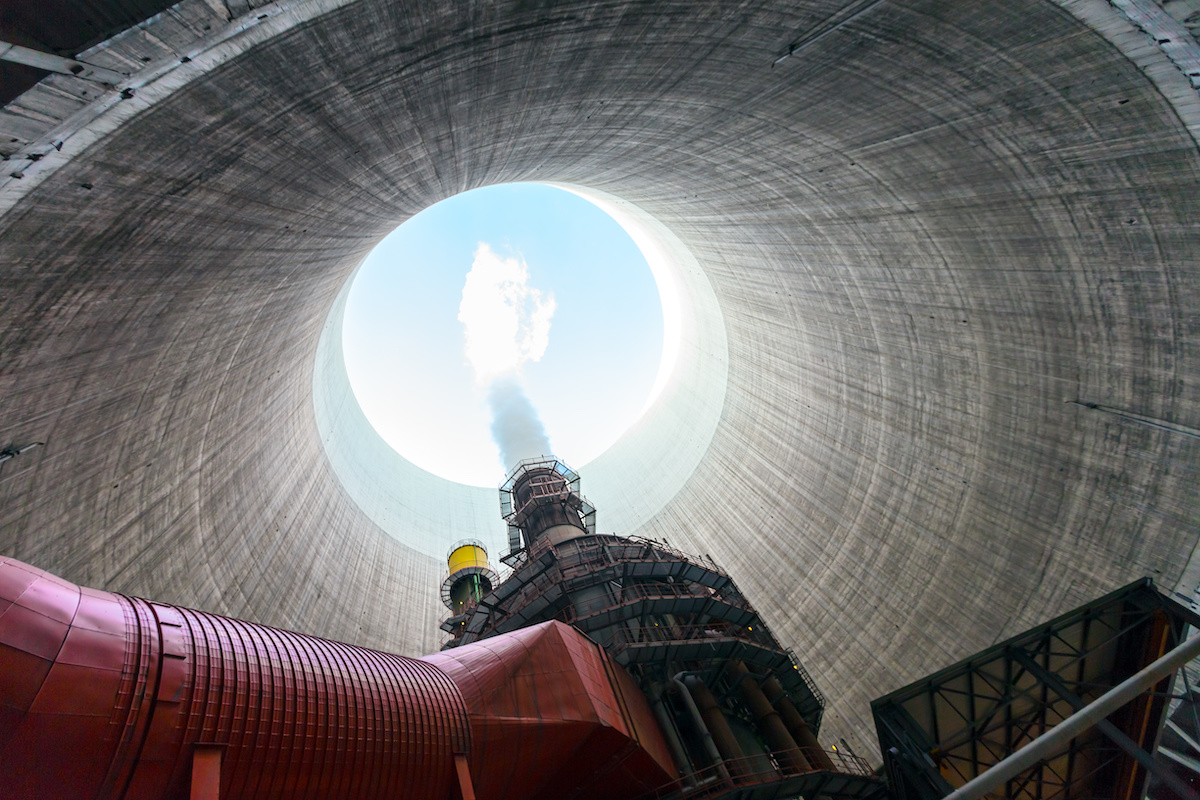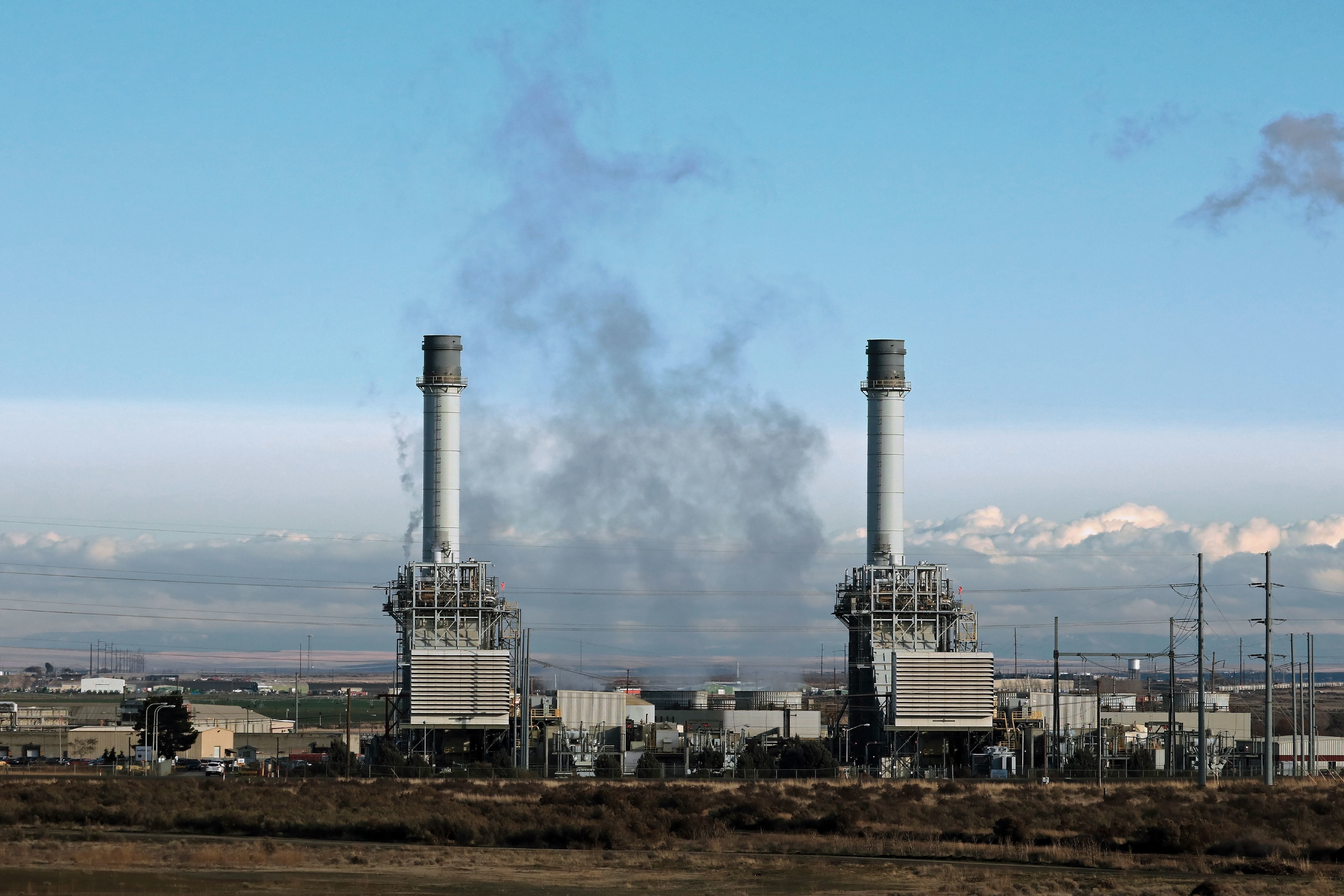Turning Greenhouse Gases Into Green Building Materials

What’s the Latest Development?
Based on the success of smaller lab experiments, the University of Newcastle has announced plans to build a plant that will allow researchers to pilot on a larger scale a new method of artificial carbon capture and storage. This method mimics natural mineral carbonation by combining carbon dioxide with certain minerals to create carbonate rock, an inert solid that can be used in a number of different applications, including construction. According to researcher Bodgan Dlugogorski, the plant’s outputs will help determine how mineral carbonation compares with other methods of carbon dioxide storage in terms of both costs and environmental impact. It’s expected to be operational by 2017.
What’s the Big Idea?
One common method of artificial carbon capture and storage involves injecting emissions deep into the Earth, which doesn’t result in a potentially usable product. Natural carbon sinks, such as oceans and forests, use mineral carbonation to transform carbon dioxide into usable products, but the process takes a very long time to complete. Researcher Eric Kennedy says their challenge with the new plant “is to speed up [the natural] process to prevent CO2 emissions accumulating in the air in a cost-effective way.”
Photo Credit: Shutterstock.com





